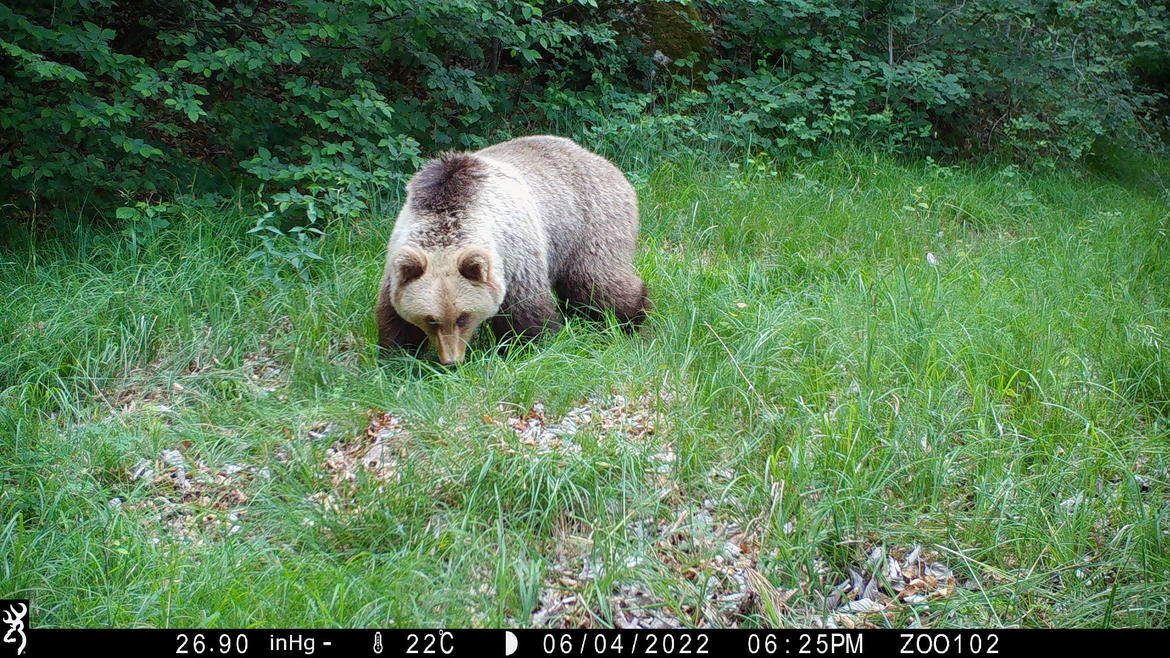Shots of nature "captured" by the phototraps of the MUSE
Here is the "secret" life of animals revealed thanks to 60 phototraps and more than 40 thousand shots

The most beautiful shots of nature "captured" by the phototraps of the MUSE
From the dispersing golden jackal, first phototrapped on the slopes of Mount Gazza, to mother chamois with its little ones. From the young bear to the nocturnal passages of foxes, badgers, hares and pine martens. These are just a few of the snapshots of Trentino wildlife "captured" in summer 2022 by the eyes of the MUSE Science Museum in the woods of the Adamello Brenta Park and surrounding areas.
Nature behind a snapshot. Every summer MUSE researchers study through systematic monitoring the habits, movements and spread of Trentino's wildlife, in collaboration with the Department of Biology of the University of Florence, the Adamello Brenta Nature Park and the Fauna Service of the Autonomous Province of Trento.
Sixty phototraps are evenly distributed over an area of more than 200 square kilometers including the Adamello Brenta Nature Park and neighboring areas according to a rigorous experimental design that allows for scientific data of extreme interest for wildlife conservation and management.
In the fall, the study continues eastward, in the Paneveggio Pale di San Martino Nature Park, another area of significant wildlife interest where last year the first wildcat in eastern Trentino was photographed by the MUSE, probably a dispersing individual.
One of this year's objectives is precisely to understand whether this was a sporadic presence or whether we are witnessing the return of this small feline which lived in Trentino only in historical times.
25/10/2022

